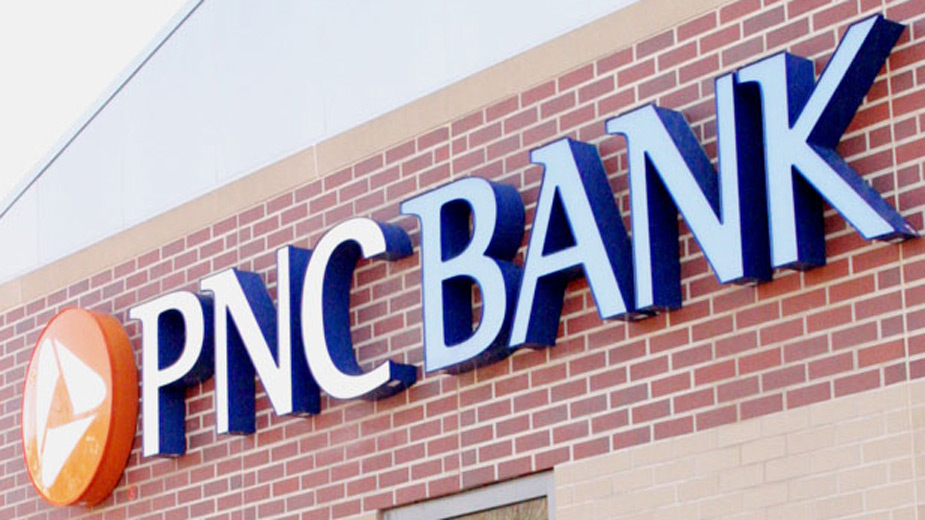New Credit, Debit Cards to Contain Computer Chips
YOUNGSTOWN, Ohio — By October, many but not all Americans will begin using their new credit and debit cards – called security-enhanced EMV-enabled cards – to make payments at brick-and-mortar stores.
Instead of swiping their cards with magnetic strips along the sides of the current POS (point-of-sale) terminals, they will insert their new cards, each containing a computer chip, in new POS terminals and withdraw them.
The new cards are expected to reduce credit-card fraud and to enhance the safety and efficiency of the U.S. payments system, writes Maureen O’Connor in a publication of the Federal Reserve Bank of Cleveland dated Feb. 25.
The EMV cards – which stand for “Europay, MasterCard, Visa” – embody the Fed’s objectives to improve the U.S. payments system, says O’Connor, a communications coordinator at the Cleveland Fed.
Even so, a recent survey by CreditCards.com found that the industry is unlikely to meet the October deadline of replacing all magnetic strip cards: Only three of every 10 Americans with a credit card have one that contains the chip.
The Cleveland Fed economist who conducted much of the research that O’Connor wrote about, Dan Littman, provided more detail to The Business Journal about the plastic cards, POS terminals, and how the system will work.
The United States is nearly the last nation in the developed world to adopt the EMV cards, he begins. That’s because it was the first to employ magnetic strip technology and to implement online, real-time networks to verify transactions, Littman explains. The major credit card issuers and banks have invested heavily in that system.
Credit cards were introduced in 1950, Littman says, when Diners Club began issuing them – charge cards had been around since 1928 – and David S. Evans, co-author of Paying with Plastic, credits IBM with developing the magnetic strip in the late 1960s. Wanting widespread use of such strips, IBM did not patent its development and the first credit card with a magnetic strip appeared in 1970.
“Everyone will bear the cost [of replacement and issuance of new cards],” Littman says, the merchants, the banks that issue the cards and their customers. He declined to speculate how those costs would be apportioned.
Where it costs the card issuer somewhere between a dime and 12 cents to furnish a customer with an ordinary card, Littman says, it’s closer to a dollar for each EMV card. Moreover, the expense of replacing all the POS terminals will be heavy.
Retail stores buy or lease their POS terminals, which have a useful life of three years before they should be replaced.
Service stations will have two additional years because the magnetic-card readers are integrated into the gasoline pumps; they cannot simply be pulled and replaced.
So the expense is considerably greater to replace the pumps in use with the next-generation pumps that handle EMV cards.
Western Europe, led by the United Kingdom, began using the EMV cards in 2001. Canada followed suit about 18 months ago.
The new Visa cards and MasterCards “won’t look different,” Littman says. The magnetic strip that contains a computer chip will remain and a “silvery spot” on one side will be the “antenna” that connects with the reader inside the POS terminal.
The new system won’t prevent a debit-card user from overdrawing his account or a credit-card user from exceeding his line of credit. “Those are unrelated issues,” Littman says.
With the adoption of the EMV system, fraud has been greatly reduced but not eliminated in the countries where it’s in use.
The EMV cards in the United States will employ both chip-and-signature, where the consumer inserts his card and signs the POS screen, and chip-and-PIN (a four-digit personal identification number). With chip-and-PIN, the information on the card is encrypted when the user inserts it into the POS terminal
“The goal around the world is to get rid of the magnetic strip,” Littman says, from which information is easier to steal.
Most fraud occurs when a consumer makes a purchase online or by phone and provides the seller the numbers and data on the front of his card. The new cards will do nothing to counter that because “It’s not present at the transaction,” Littman notes.
Cards with magnetic strips “will continue to be used for the foreseeable future,” O’Connor writes, so thieves will continue to have an avenue to skim the information on them. This is nearly impossible to do from the EMV chip.
Merchants that don’t make the transition by October, writes O’Connor, will assume the liability for counterfeit card transactions. They, not the card issuers, will be held responsible for fraudulent charges.
Copyright 2024 The Business Journal, Youngstown, Ohio.


